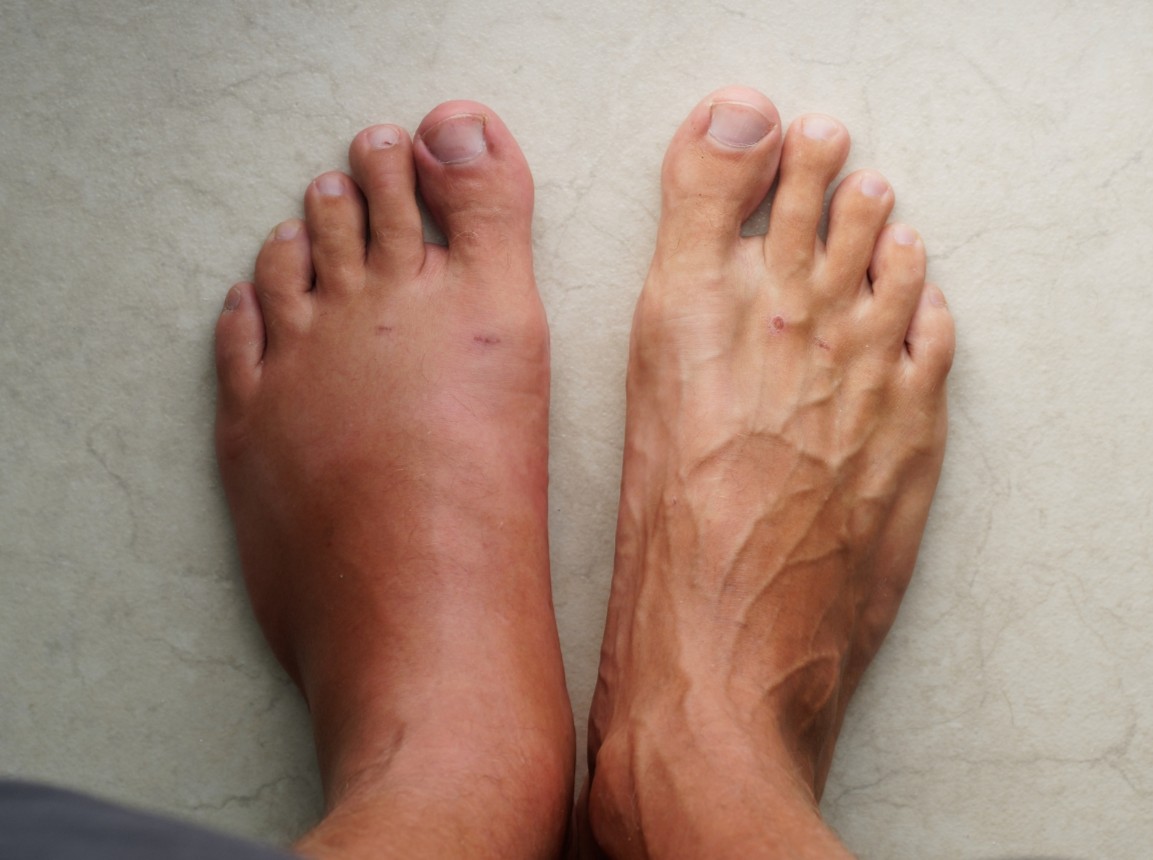It’s Back to School – For Teachers too!

January is here and it’s that time of the year where parents are starting to get their kids ready for their new year at school. They’re
getting their uniforms sorted, school books, bags, shoes, socks and anything else they may need. But kids aren’t the only ones heading back
to school to spend many hours on their feet! In 2018, approximately 53,000 teachers will also return to school in New Zealand. But are
teachers as prepared as their students when it comes to their feet? Throughout the year, we see LOTS of teachers with sore, aching feet. And
it’s not surprising – if you’re a teacher, you’re always on the go. Whether you’re up by the whiteboard, answering questions, walking
between classrooms or supervising breaks, you don’t stop! At Perform Podiatry, we have a LOT of respect for our teachers and want to help
you stay pain and injury free throughout the year. Hence, we’ve put together some tips to help keep you foot-smart and out of pain!
Be
mindful of how active you were during the summer
We know all too well how good it feels to get that summer break and put your feet up. But if you’ve spent the last month or two laying out
in the beautiful sunshine and not walking as much as you’d usually be, you may be at risk of developing foot pain once you hit the ground
running back at work. To help avoid this, start going for some casual walks before the start of the term to gently ease your feet and legs
back into the increased activity. Trust us – your legs will thank you when you come home from work and they’re not aching!
Choose
shoes that won’t cause you pain
We know that for some, shoes can be a massive fashion statement. And that’s absolutely fine, but we’d also like you to think of shoes as a
medical and occupational device. This device will either help you keep goingcomfortably and free of pain and injury, or it won’t do anything
to keep you feeling good or reduce the risk of injury. In an environment where you’ve got to stay in your shoes and always be ready to get
on your feet and move, shoes really can have a massive impact on your feet – and your health. Our advice is to choose shoes that:
- Are both an appropriate length and width, making sure they’re not rubbing on the sides of your feet.
- Have plenty of toe room to move around. This will help reduce cramps, blisters and corns too.
-
Have some support in the arch to improve comfort and decrease the likelihood of strain and injury. So let’s skip the pointed toes
during school hours!
-
Cup the ankle and heel well and don’t let it slip around. This provides stability, control and support for your foot. Shoes that have open
backs let the ankle move from side to side without the control that shoes can provide. This makes you more vulnerable to injuries like ankle
sprains.
-
Have a sensible heel. Realistically, many shoes these days have an inbuilt heel of up to two inches. These may not even look like your
typical ‘heeled’ shoes. Because of this, we recommend you stay away from any shoes that are obviously ‘high-heeled’ and don’t go above one
inch (2.5 cm). The higher the heels, the more pressure is placed on the ball of your foot and when combined with being on your feet all day
every day, places a high risk of developing pain or other issues. Where possible, joggers will always do best by your feet.
Consider orthotics if you’ve previously experienced pain or issues with your feet and legs
Orthotics are devices that sit at the bottom of your shoes and support your feet. There are two main ‘types’ of orthotics. The first are the
ones you can purchase from a pharmacy or store that primarily works to cushion your feet and add comfort. The second is prescription
orthotics from your Podiatrist that work to correct a problem or issue that you may have. If you have no problems with your feet but would
like more comfort, consider the former. If you have or have previously had issues with your feet, consider the prescription orthotics. Your
Podiatrist will design the orthotics in a way that will support vulnerable structures (joints, muscles, ligaments, tendons) so that they
won’t have to work with every step you take. Often injuries result from strains, and orthotics can help relieve the strain and pressure from
certain areas, so your injury doesn’t re-occur. Your Podiatrist will be able to perform a comprehensive assessment of your feet and discuss
whether orthotics are right for you, and what they can do for your feet.
Stretching and
Strengthening
It may seem like a no-brainer, but many of us forget that the stronger our feet and legs are, the more they can handle without damage and
pain. Tight, weaker muscles that start being used all day can be vulnerable to damage so alongside regular use like walking, start doing
some stretches and exercises to strengthen your feet and legs. Squats and calf raises are two great examples. If any pain or problems do
develop, our expert team at Perform Podiatry have you covered. We offer appointments before and after school hours to get our teachers back
on their feet and performing at their best! Our team are proud to be looking after Remuera, Newmarket and the surrounds. Give us a call at
09-523-233.


.jpg)